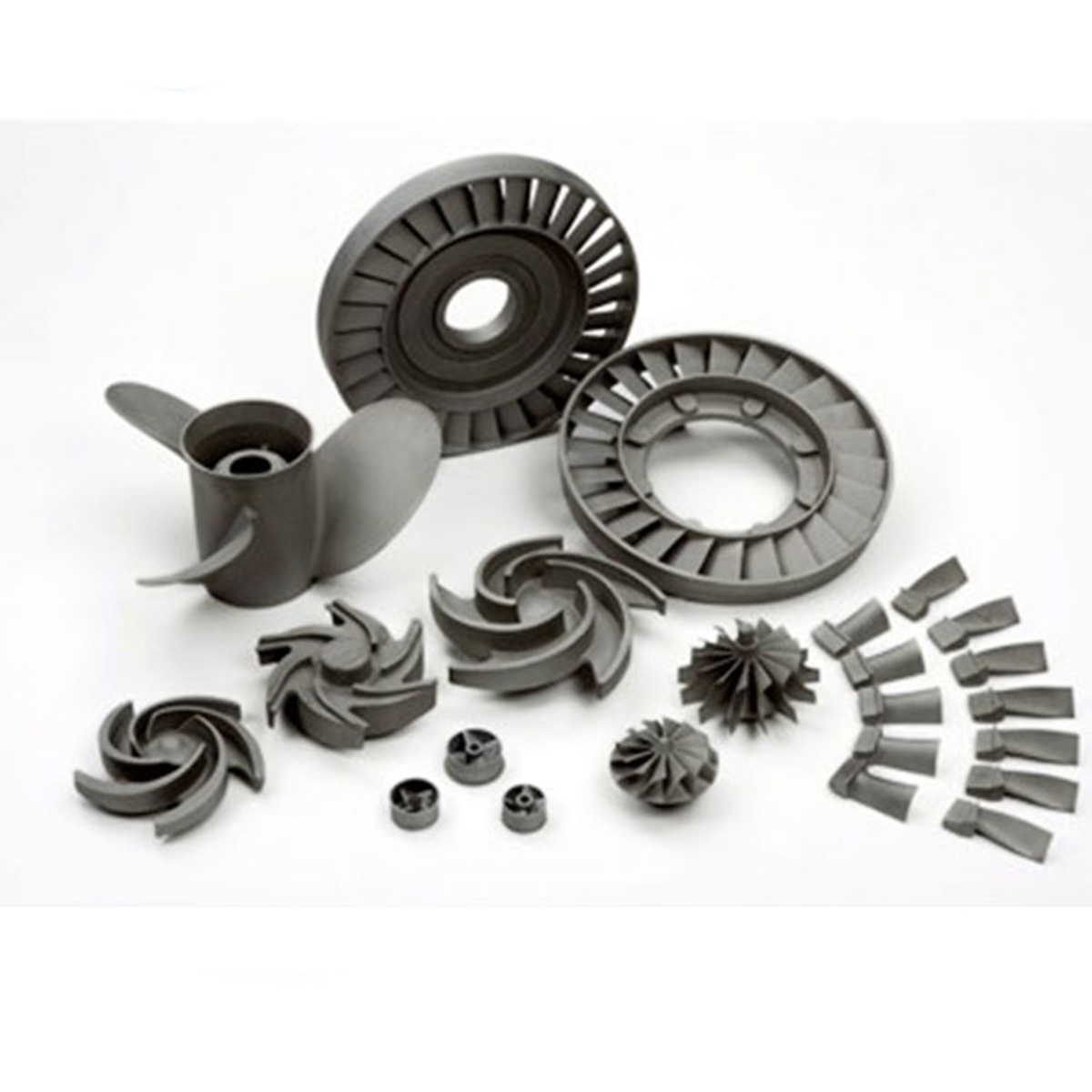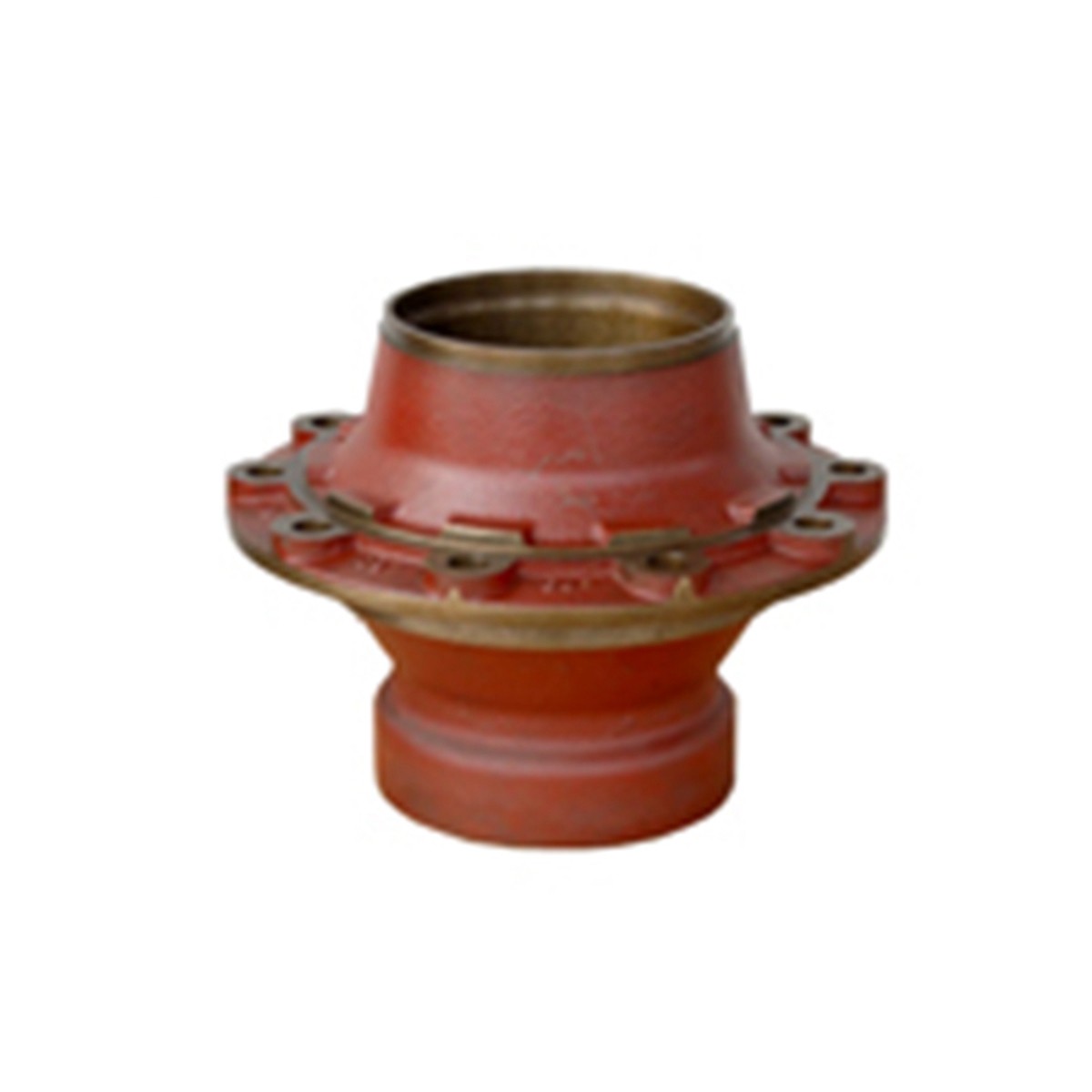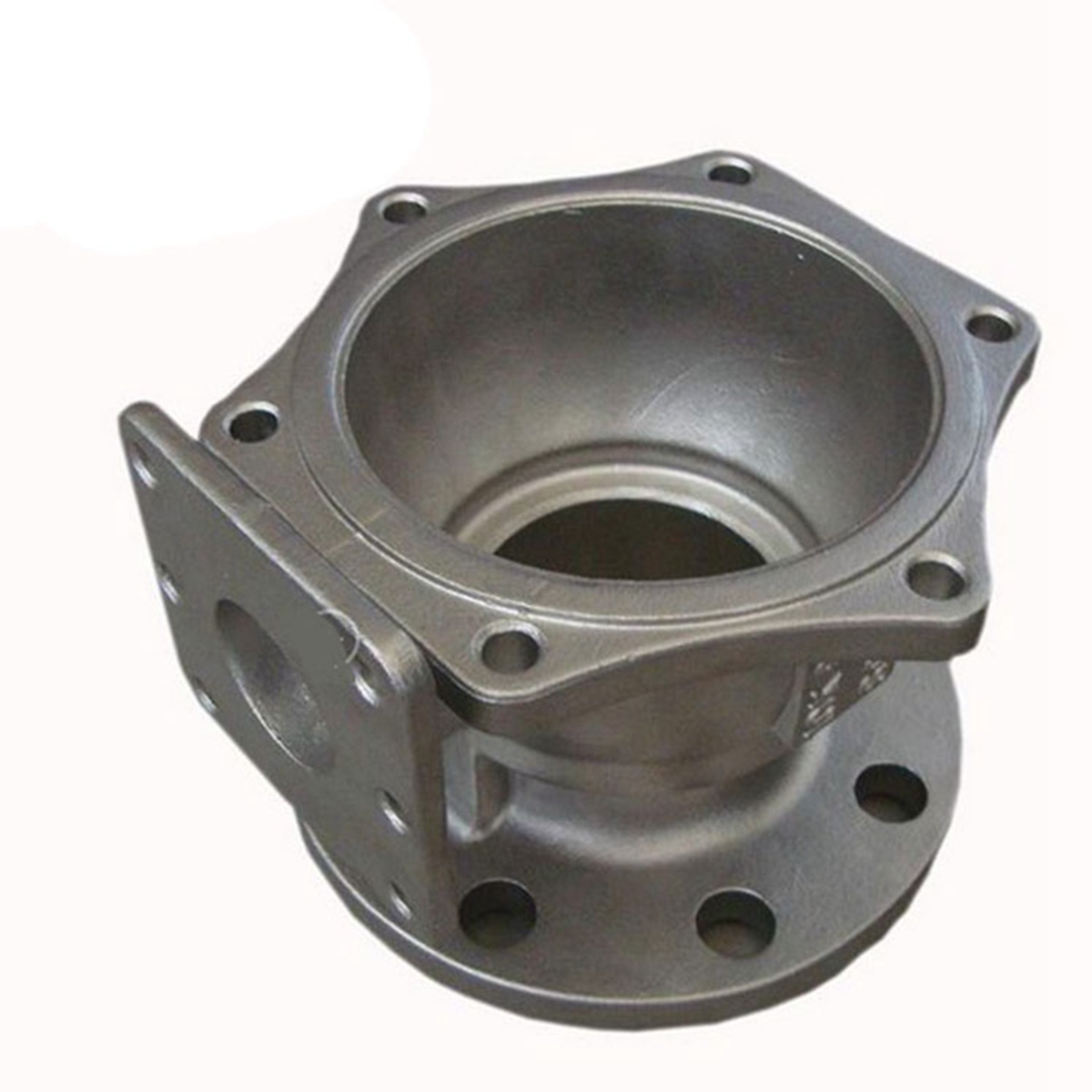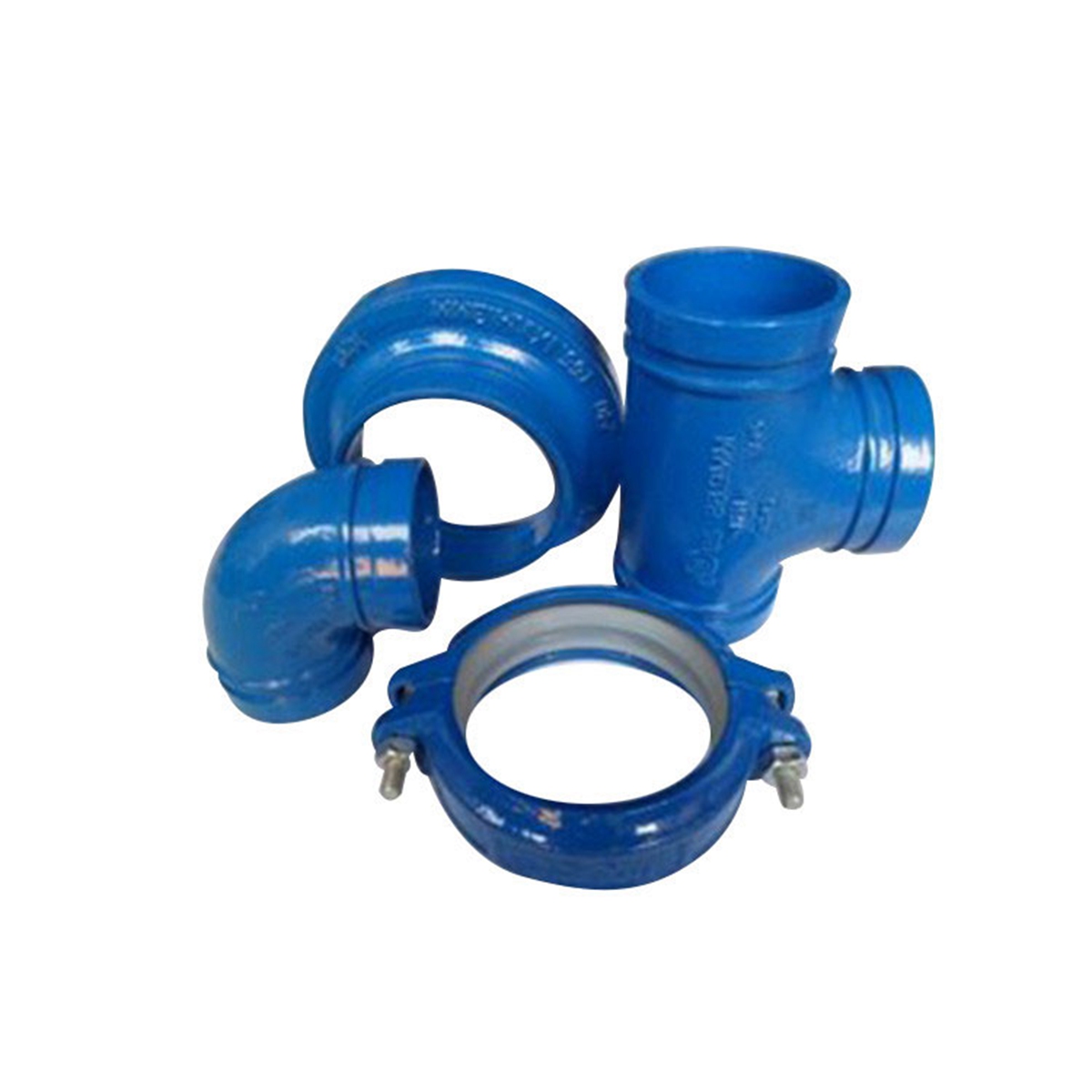
You already experience the benefits of alloys over pure metals in every interaction with technology or the built environment. Here are some benefits of alloyed materials:
- Increased Strength:Alloys offer considerably higher strength than pure metals because of the intentional and tuned lattice disruptions that make it more difficult for atoms to migrate and crystal planes to slip over each other under applied load.
- Versatility: Alloying allows huge versatility, modifying the restaurant properties in highly tuned and application-specific ways that the native materials cannot compete with. Alloys are universally stronger and harder and selectively (but not always) more corrosion-resistant than the pure-primary constituent.
- Increased Hardness:Alloys are harder than pure metals due to the lattice disruptions that increase intra-granular strain, greatly altering the behavior.
- Corrosion Resistance:You are very familiar with some alloys that are highly corrosion-resistant. The coins in your pocket don’t corrode. The stainless steel of your watch-strap doesn’t either. Alloying elements like Zinc, Chromium, and Nickel readily react with oxygen but form an oxygen-excluding barrier layer on alloy surfaces.
- Cost Effective:Alloys can often be a means to both enhance properties AND reduce costs. Stainless steels cost more than mild steel, but require no surface protection and will have longer service life, reducing the net cost of ownership. Pure gold is both too soft and too costly to use. The addition of Copper hardens the material so it can be used as dental implants/fillings that cost much less while serving users better.





